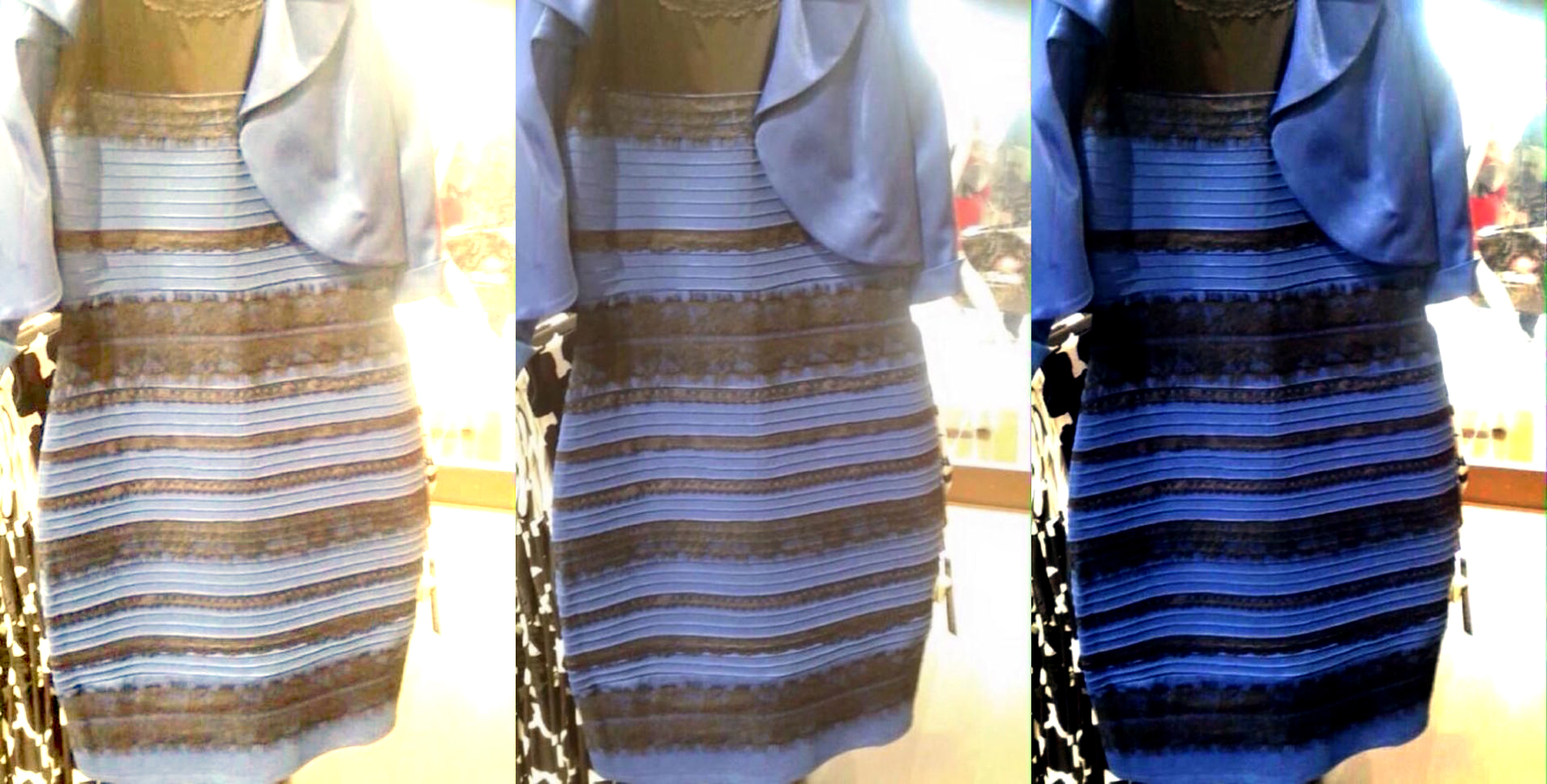In our first post about modesty, “Bikinis are not immodest,” we explored several ideas and came to some conclusions:
- clothing in and of itself can’t be modest or immodest
- the intention of the wearer matters
- rules are insufficient to define modesty
- clothing can’t be modest or immodest any more than it can be brave or righteous or intelligent
Some of these conclusions run counter to the definition we had accepted as “common”: Modesty is a mode of dress and deportment intended to avoid encouraging sexual attraction in others.
Today I promised to give some thought to the question, “How can we tell if we’re modest?”
So let’s talk a little more about “intention” and “others.”
Imagine for a moment that there are two women: Gwen and Mary Jane.
Mary Jane is given to wearing the latest fashion, whatever it may be. Gwen has a preference toward simple, full-coverage, handspun and homemade clothing.
The thing about Mary Jane is that she doesn’t dress for other people. Not at all. She loves to look nice, certainly, but she mostly loves to experiment and wear things that are different, new and exciting to her personally. So when she pulls on her new babydoll dress, she’s not thinking about how the hem line hits mid-thigh or what other people will think about that. She’s not thinking that it has a high, rounded neckline. She’s not concerned about the dress being sleeveless or how thick the straps are. The dress fits her mood: happy and full of fun. It’s appropriate for the weather today.
On her way to work, Mary Jane bumps into an acquaintance named Harry. He’s clearly taken with her outfit and can’t seem to keep his eyes on Mary Jane’s face. He keeps giving her the “elevator glance.” He tells her several times that she’s “looking great” and “really keeping in shape.” Mary Jane excuses herself and quickly moves toward work and away from Harry. She tries to put the whole unpleasant encounter out of her mind. No one at work reacts the same way as Harry, but it leaves her wondering about her outfit. Is her outfit immodest?
Gwen, on the other hand, has always been someone who makes her own clothes. She’s very committed to modesty, to the point that she simply doesn’t trust store-bought clothes. She prefers skirts that are at least ankle-length, and blouses that are loose-fitting, high-necked and long sleeved.
The thing is, Gwen has met this man, Peter. Peter has a girlfriend, but he seems to give Gwen a lot of attention. In fact, when she wears this one outfit (a loose, flowing, cream colored blouse with a blue ribbon around her waist, and a long, dark skirt), Peter always comments on it. He tells her she is beautiful. She can see that he appreciates how she looks. She was flattered at first, and then she started to catch herself having little daydreams about Peter. How he would break up with his girlfriend and start dating Gwen. When Gwen knows she will see Peter, she always makes sure “his outfit” (as she’s come to think of it) is clean and perfect and ready to be worn. She can’t wait to catch his eye. She hopes he goes home unable to stop thinking about her.
That night, when Peter calls her “just to say hello” she wonders for a moment if she’s done something immodest that day… but her clothes are so conservative, that seems unlikely.
Which of these two women is modest?
There is a question of intention:
Mary Jane is not trying to get a sexual response from anyone. She’s not attempting to incite lust, although some might say her outfit is “less modest” than Gwen’s.
Gwen, on the other hand, wears clothing that is “unquestionably modest.” Yet she’s attempting on some level to specifically draw Peter’s attention in a romantic and probably sexual sense.

We have the unfair advantage, here, of knowing the motivations of these two lovely ladies, but I think it’s fair to say that Gwen is being immodest. I think, likewise, it’s fair to say that Mary Jane is being modest.
“Aha!” you say. “But didn’t you notice Harry’s reaction to Mary Jane’s outfit?”
Indeed I did. He looked her up and down and made salacious comments. But I don’t think the reaction of another person is sufficient evidence of modesty or immodesty.
“Wait, what? I thought modesty was all about other people… making sure not to offend them or tempt them toward lust.”
Perhaps. Let’s consider Betty.
Betty dresses in precisely the type of clothing that you would consider “modest.” Whatever that outfit looks like, just imagine it now. Just picture Betty in your mind. What sort of clothing is she wearing? What do her shoes look like? How does she do her hair? How much makeup does she wear?
So, whatever you think is modest, that’s what Betty wears.
One day, Betty is walking down the street and there are a hundred men standing in line there. All sorts of guys: Miles and Otto and Norman and Jonah and Flash and Reed and Ben and Johnny. Most of them don’t give her a second glance. She’s pretty and all, but she has made it easy for them not to think of her in a sexual way whatsoever. She’s very modest.
However. This one guy, maybe Otto, he has a thing for the kind of shoes that Betty is wearing. Whatever it is about those shoes, he has a serious fetish for them. He finds them implicitly and explicitly exciting in a sexual way. He is not only tempted to lust by her shoes, he is absolutely driven to it.
Has Betty become immodest because of Otto’s lust?
If we say yes, then the definition of what is “modest” will be driven by the most narrow and strange opinions of those around us forever. I met a guy a few years ago who told me winter was hard for him because he found “puffy coats” inherently sexual. I think that’s weird and (although he requested we do so) did not tell the young women to stop wearing puffy coats. Do we expect women to change their behavior or dress based on the challenges, struggles and experiences of the men on the street?
If we say “no,” that Betty has not become suddenly immodest, then we are rejecting external judgment for what is modest or immodest. (One could make an argument that “majority rules” and if something caused an Otto-like response in the “majority” of people, that would be sufficient to make a ruling on modesty. So what percentage is necessary? 51%? 75%? How will we conduct the research to discover what is immodest? And what do we do with cultural values when they come into play? Will we shift the definition as the culture shifts, then? What if I will be in two different groups of people in one day… say at work and then church? Do I have to change clothes to match ideals of both populations? We’ll talk more about this idea in a future post on culture and modesty.) If we reject external judgment of modesty (and I think we should), then rule-based modesty collapses.
Rule-based modesty often has a series of “here’s how you should dress” guidelines (Are spaghetti straps okay? Bare midriffs? Swimsuits without shorts? How long must hemlines be?). When those rules fail (and they fail very quickly and often), the backup is the “Does it cause lustful thoughts in others” question. The problem being, of course, that literally any outfit might cause one person to lust and be a complete turnoff to others.
Take Harry. Because Mary Jane is a modest person, she will probably ask herself, “Is this outfit creating a response in others that was unanticipated?” She might decide that the outfit did precisely that, and choose not to wear it when walking to work any more, which would be a perfectly modest decision. On the other hand, she might reflect on it and, after consideration, decide that Harry is a creepy goblin. She may decide to continue to wear the outfit when she walks to work, but avoid or ignore Harry. Another perfectly modest decision. She can wear the outfit or not and still be modest.
Gwen, on the other hand, has already made immodest choices by wearing her “modest” dress. She wore it with the purpose and intention of snagging Peter’s attention in an inappropriate way. And she succeeded.
All of which takes us to this question: How can I tell if my outfit is modest? How can I tell if I am modest?
There is one very simple test: ask yourself what your motivation was in wearing that outfit.
Otto cannot tell you that. Harry cannot tell you. Peter cannot tell you. Your mother can’t tell you, or the person who “disciples” you, or a fashion magazine or your pastor. I cannot tell you. None of those people know whether your outfit is modest or not, because they do not know what your motivations or intentions are.
When my daughter comes down the stairs on her way to school, I am not able to tell her whether her outfit is modest. I can tell her what I suspect the response of others will be, and ask her if that is what she intends. I can ask her to think about what she is wearing and examine her own motivations. But I can’t tell her that either she or the outfit is immodest. Only she can make that determination.
“But isn’t that hard?” you ask. “Are you saying when I see someone wearing an inappropriate outfit I have to ask them to consider their own heart and motivation and explain the response of others around them instead of just handing them a jacket and telling them to put it on?”
Yeah. That’s pretty much what I’m saying. What is immodest for Gwen may be perfectly modest for Mary Jane. What causes Otto to lust may be, in fact, perfectly modest.
Uh oh. Now it’s time for you to tell me all your thoughts in the comments!
People are asking where this is all going and when I will address certain things (like Bible verses!). Here’s what’s yet to come:
-
some thoughts on culture and modesty. (ETA: Here’s the link to Topless and Totally Modest.)
-
Theology and modesty… enough of these philosophical ramblings, what does the Bible say? (We’ll discuss here whether the emphasis on sex and lust in discussions of modesty makes any sense at all.)
-
-
I’d be glad to take questions and suggestions on other topics related to this as well.

